Worrying sign for artisan producers: Milking Yard chooks and Shaw River cheese call it a day
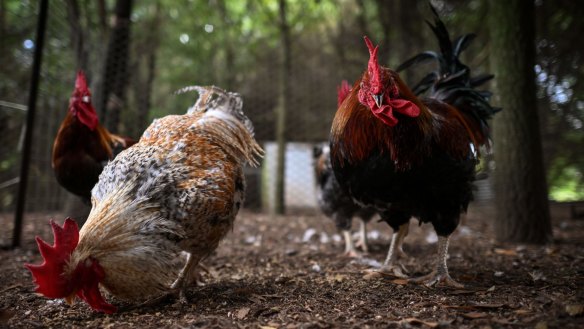
Two prized Victorian food producers loved by top restaurants have pulled the pin on their businesses in the past six weeks, casting doubts on whether the state's agriculture system is built for the ethical food that more consumers are demanding.
Milking Yard, one of only five Australian farms producing heritage breed Sommerlad chickens, processed the last of its birds on Tuesday. In late January, Shaw River's buffalo milk cheese and yoghurt stopped appearing on shelves. It's now supplying milk to a Sydney maker of buffalo mozzarella.
Shaw River did not respond to request for comment from The Age, but it is understood that ageing farmers and the cost of equipment upgrades have contributed to the pioneering buffalo cheese brand stopping production.
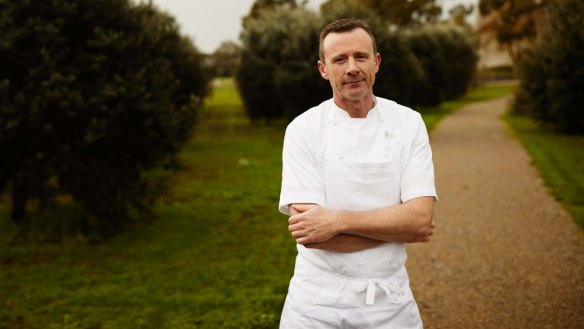
Meanwhile, due to the smaller volumes they produce, Milking Yard owners Bruce and Roz Burton have struggled to find hatcheries, abattoirs and other essential facilities for a chicken farm.
The couple's award-winning farm near Trentham supplies prized chickens to home cooks and Victoria's best restaurants such as three-hatted Brae in Birregurra, Grossi Florentino, and the multiple venues owned by Cutler & Co chef Andrew McConnell.
"A number of times we were denied access to boning room facilities, and our access to the abattoir is tenuous at best," says Bruce Burton. "They're getting bigger and can't deal with smaller producers any more."
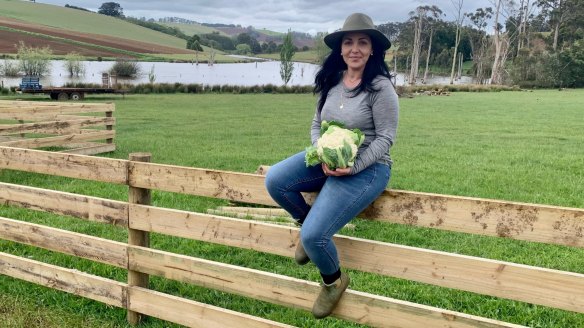
At the same time, many consumers want to know if their food is ethically and sustainably produced. A 2019 study showed 46 per cent of Australians try to have a positive environmental impact with their everyday actions.
Restaurants are keenly aware of this with many chefs listing artisan producers on their menus, whether it's David Blackmore wagyu or McIvor Farm pork.
However, getting that piece of ethically grown meat, especially poultry, onto the plate requires all kinds of gymnastics from producers.
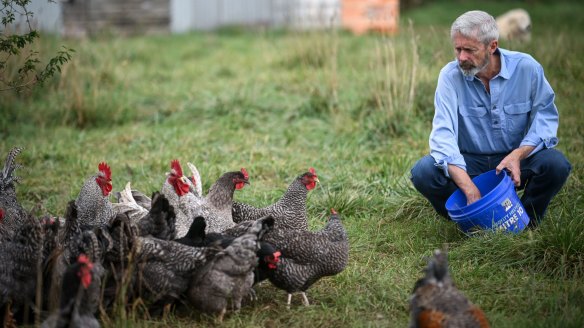
"The thing for small scale farmers is access to value-chain infrastructure," says Tammi Jonas, who raises pigs and beef at Jonai Farms, near Daylesford, and is president of the Australian Food Sovereignty Alliance for small growers. "It's a key barrier for those trying to sell their produce directly."
Warialda Belted Galloway, loved by chefs such as Montalto winery's creative director Matt Wilkinson for its mature beef, recently had its regular abattoir hike prices by 40 per cent in five months. Co-owner Lizette Snaith had been a customer for 40 years, but had to switch to another facility when the price for processing a 400-kilogram carcass got close to $1000.
Brae chef Dan Hunter is concerned about the future of small-scale farming in Victoria.
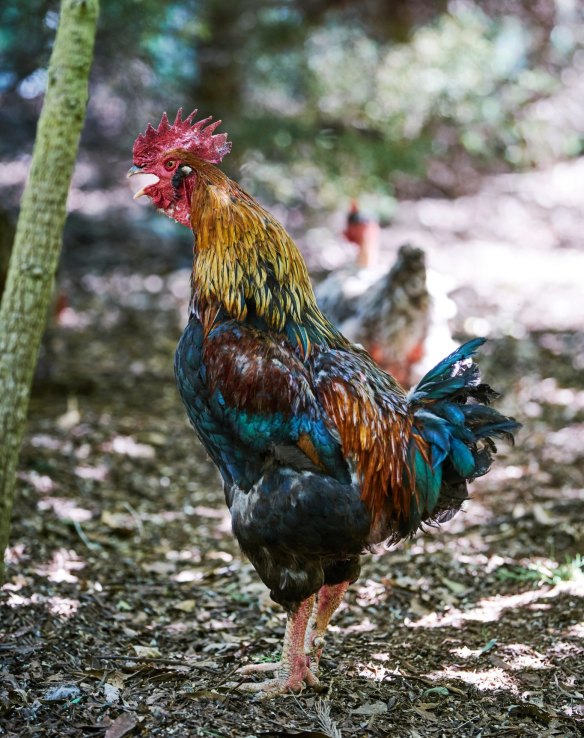
"Unfortunately Bruce and Roz have needed to rub shoulders with an industrial processing system that doesn't value the care and detail they practised to raise their birds," he says.
"The even greater concern is that we may continue to see more smaller, quality and environmentally conscious producers chuck it in as the 'scale up or fold' mentality continues to be the only option."
President of the Victorian Farmers Federation, Emma Germano, acknowledges that "being a small fish is difficult".
"But in some instances those artisan producers are going great guns," she says.
Her organisation is responsible for advocating for members of all sizes, she says, not just issues affecting artisan producers.
Germano also runs a small farmgate in South Gippsland, I Love Farms, which sells lamb, beef and vegetables directly to consumers. She says this kind of vertical integration is the best way for artisan producers to survive and even thrive. Visitors to I Love Farms are growing month on month.
Open Food Network's online store for farmers proved to be a lifeline for 500 businesses when the pandemic hit. Warialda Belted Galloway had never sold online before, but its owners were able to use Open Food Network's system to find new customers.
Community Supported Agriculture (CSA), where consumers buy shares in a farm's upcoming harvest, has also proved popular, as people realised during the pandemic that sourcing food closer to home was a good idea. Milking Yard's Bruce Burton says their CSA soared to a peak of 120 families during COVID.
"There's definitely a future for the industry," he says. "The greatest challenge and risk in Victoria is access to abattoir, boning room and packing facilities."
Some farmers are taking the initiative of setting up their own value-adding facilities. It's a costly and long process, but one that Tammi Jonas thinks guarantees a future for her pork and beef farm.
With 10 other small-scale farmers, Jonas is hoping to have an approved abattoir, perfectly suited to small volumes, operating on her farm in 18 months.
Poultry is a different ballgame, though.
"It requires as many people to break down one poultry carcass as it does one beef or pig carcass," says Jonas. "Clearly that is an enormous amount of labour for a very small yield, so high numbers of birds through the system are required to justify the process."
The Burtons considered building an abattoir for themselves and other poultry farmers, but the financial risk was too great.
"For us, particularly in that area, it was an insurmountable barrier," Bruce Burton says. He thinks cooperative-funded abattoirs are the way forward.
Burton is now focused on continuing the unique Sommerlad genetics that Milking Yard invested in, which gave his chickens such incredible texture and flavour.
He hopes to find a handful of grower-breeder operations in south-eastern Australia to ensure the breeds are not lost or threatened.
At Shaw River in western Victoria, the herd of Riverine buffalo that kickstarted a revolution in Australian cheesemaking more than 20 years ago will continue to be milked. But those wanting high-quality cheese from that milk will need to buy it under the Vannella label, shipped from Sydney.
Meanwhile, Emma Germano from the Victorian Farmers Federation remains upbeat about agriculture. She says more young people are coming back to the land and showing interest in careers on farms.
Enrolments in agricultural science courses were up in Australia last year between 5 and 50 per cent.
Restaurant reviews, news and the hottest openings served to your inbox.
Sign up- More:
- Restaurant news
